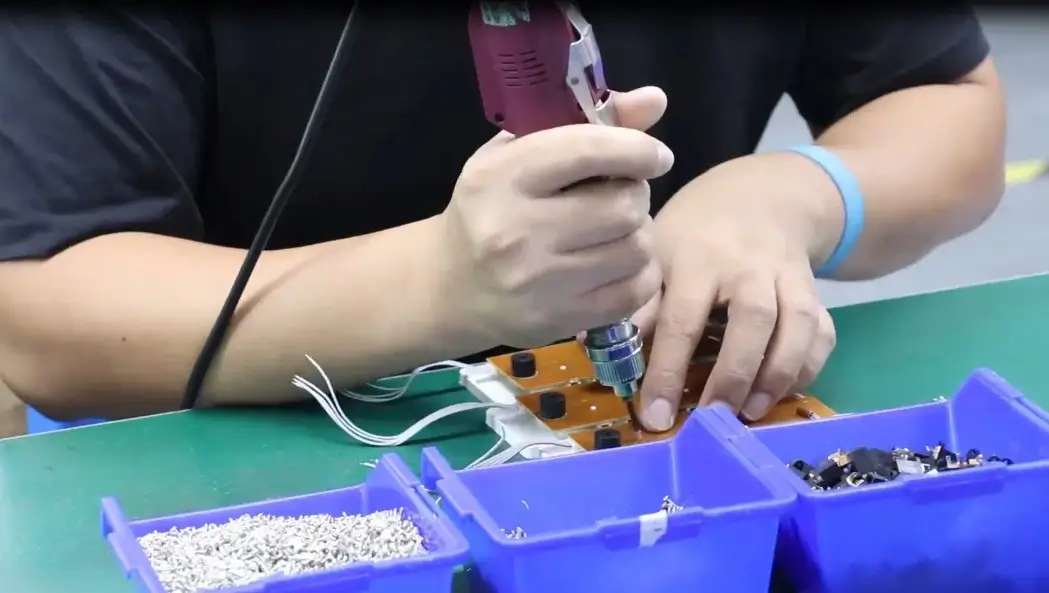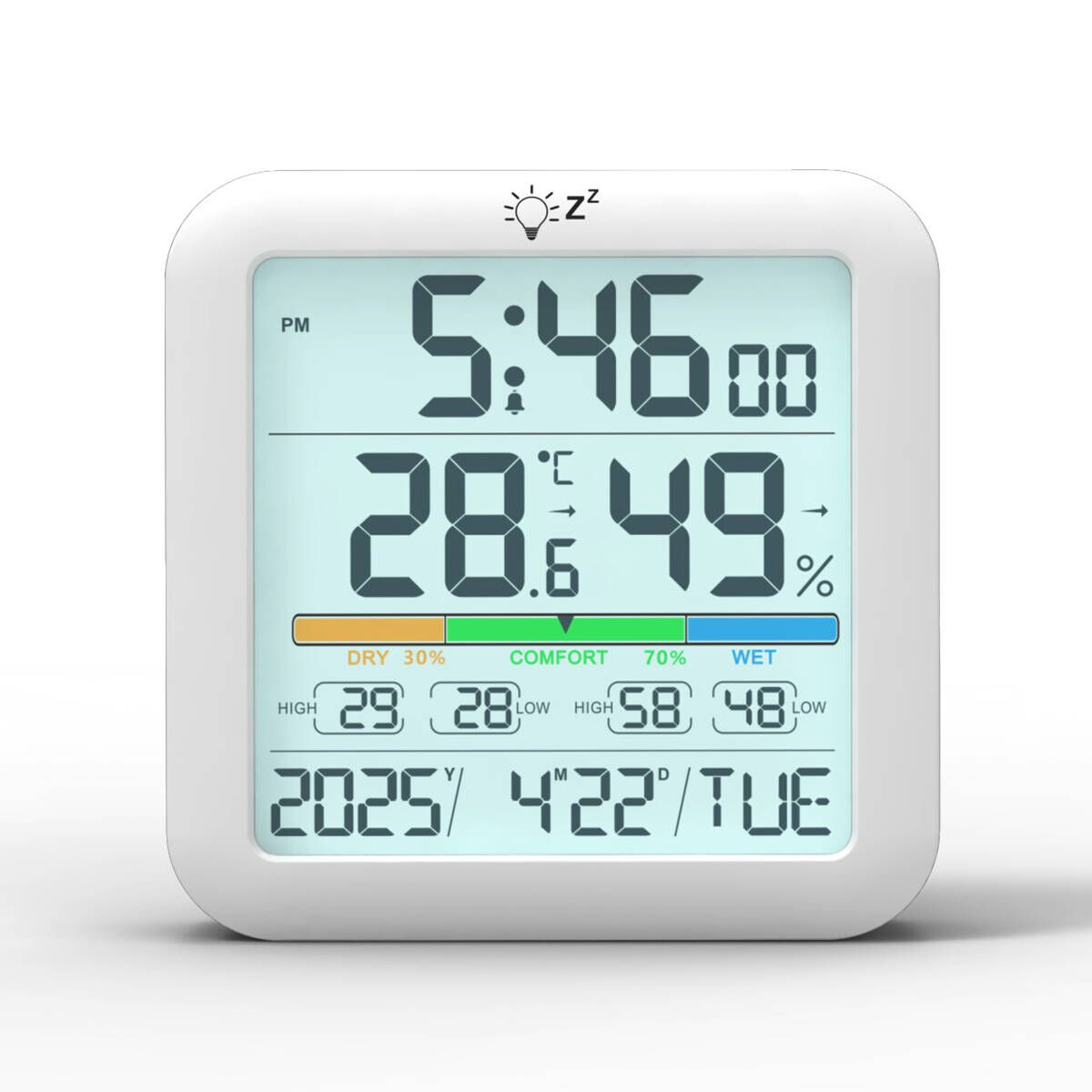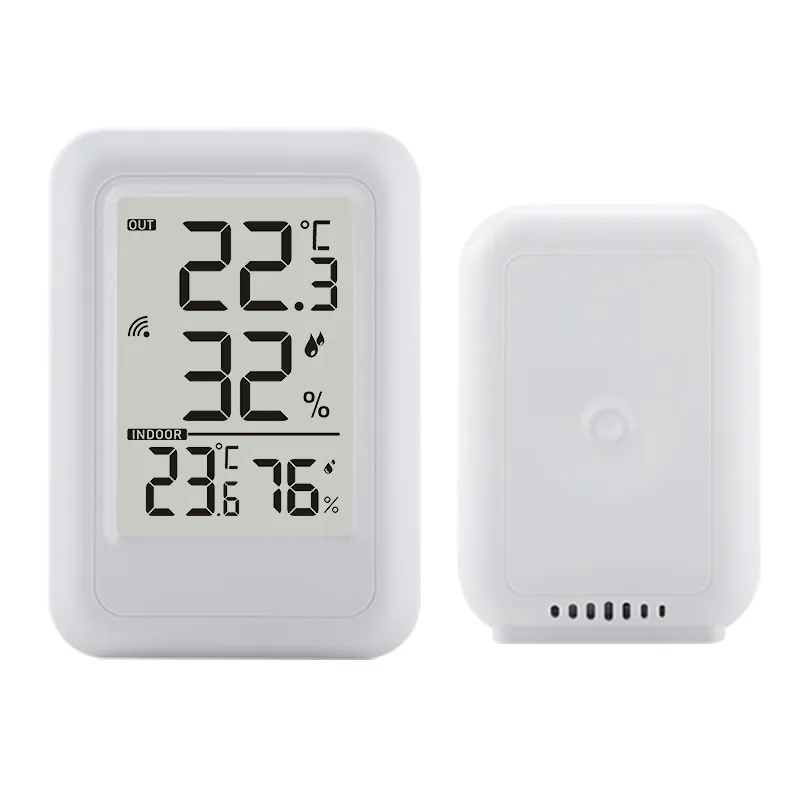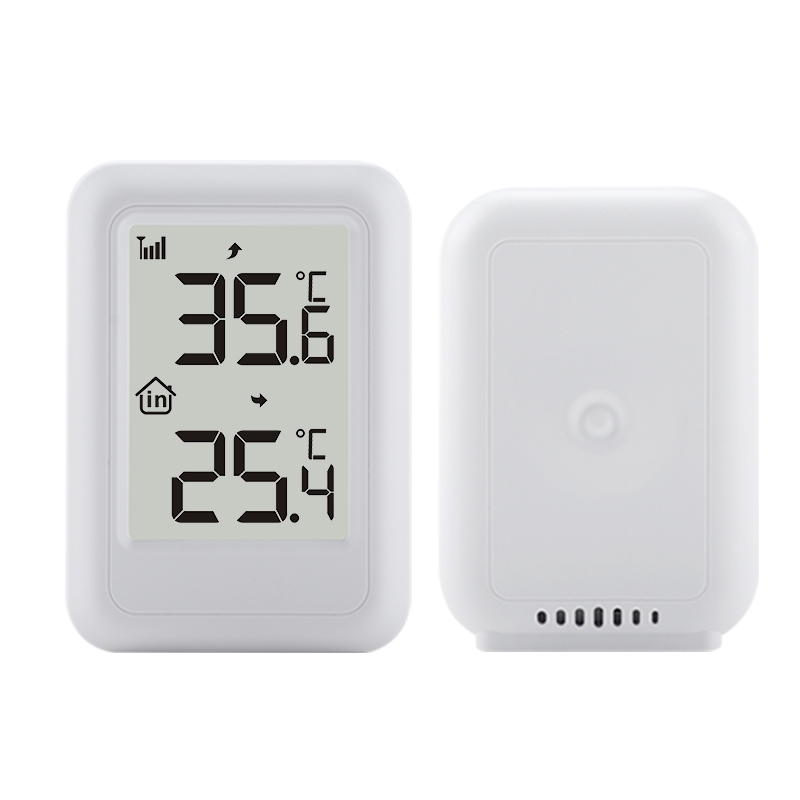The production of digital clocks involves multiple steps, including design, component manufacturing, assembly, and quality testing. Here’s an outline of the typical production process for digital clocks:
1. Design and Prototyping
- Designing: The process begins with designing the clock’s appearance, dimensions, and functional features. Engineers design the circuit board layout, clock display (LCD or LED), and the placement of components such as buttons, sensors, and batteries.
- Prototyping: Designers create prototypes using Computer-Aided Design (CAD) software. Prototypes are used to test the functionality and aesthetics, allowing engineers to adjust any design flaws before mass production.
2. Sourcing Components
- Display Screen: Digital clocks typically use LED or LCD screens. The displays are sourced from specialized manufacturers who provide modules in standard or custom sizes.
- Microcontroller: The clock’s “brain,” which processes time calculations and manages the display. Microcontrollers or simple chips are sourced based on the clock’s complexity.
- Power Source: Digital clocks may run on batteries, rechargeable cells, or direct AC power adapters, sourced accordingly.
- Printed Circuit Board (PCB): The PCB is essential to the clock’s operation, as it holds the microcontroller and connects all components. PCBs are manufactured to fit the clock’s design.
- Housing Material: Plastic or metal materials are selected for the outer casing and sourced based on the design requirements.
3. PCB Assembly (PCBA)
- Component Placement: Automated machines place components (like resistors, capacitors, microcontrollers) onto the PCB.
- Soldering: The components are soldered onto the PCB using reflow soldering or wave soldering, securing them in place and ensuring electrical connections.
- Inspection and Testing: The assembled PCB is visually inspected, and automated tests check for electrical connectivity and component functionality.
4. Display Assembly
- Screen Mounting: The LED or LCD display screen is attached to the PCB or a separate frame, depending on the design.
- Screen Testing: The display undergoes functionality tests to ensure correct brightness, contrast, and response to electrical signals.
- Backlight (if applicable): For LCD displays, an LED backlight may be added for better readability, particularly in dim lighting.
5. Software Programming
- Timekeeping Algorithms: If the digital clock includes features like an alarm or countdown timer, software is programmed to manage these functions.
- Microcontroller Programming: The microcontroller is loaded with code to handle timing, alarm settings, and user inputs.
- Testing: Engineers test the program on each unit to ensure accurate timekeeping and responsiveness to user interactions.
6. Final Assembly
- Housing Assembly: The PCB, display, and other components are enclosed within the clock’s outer casing.
- Button and Sensor Integration: Buttons and sensors (like temperature or humidity sensors, if applicable) are added to the casing.
- Power Source Installation: Batteries or power adapters are added, and any connections are made to the PCB.
- Labeling and Branding: The clock’s branding, model number, and any certifications are added, typically with laser printing or stickers.
7. Quality Control and Testing
- Time Accuracy Testing: Each clock is checked for accurate timekeeping over a set period.
- Functional Testing: Alarms, countdowns, and other features are tested to ensure they perform as expected.
- Environmental Testing: Clocks may be tested in various temperatures and humidity levels to ensure durability, especially for weather-resistant models.
- Durability Testing: This includes drop tests, vibration tests, and, for waterproof models, submersion tests to check for resistance to physical damage and environmental exposure.
8. Packaging and Distribution
- Packaging: Digital clocks are carefully packaged, often with bubble wrap or foam inserts to prevent damage during transport. Instruction manuals, warranty cards, and any necessary batteries are included.
- Shipping and Distribution: The clocks are then boxed and shipped to retailers, distributors, or directly to customers.
Quality Standards and Compliance
Manufacturers usually comply with regional standards, such as CE certification in Europe or FCC compliance in the U.S., ensuring that the clocks meet safety and electromagnetic interference standards.
The digital clock production process involves precision and quality control at every stage to ensure accurate timekeeping, functionality, and durability.





